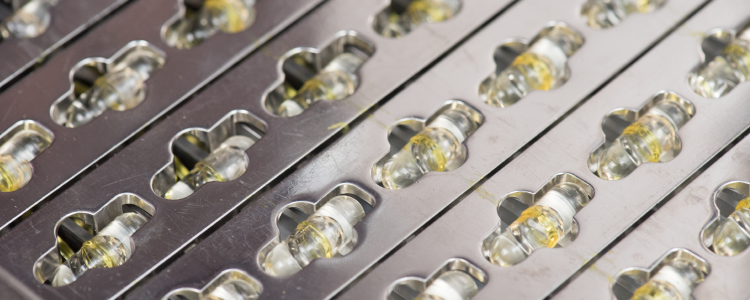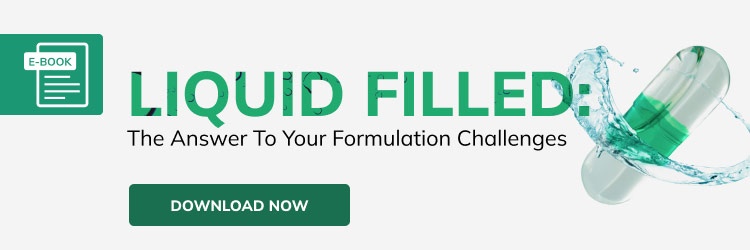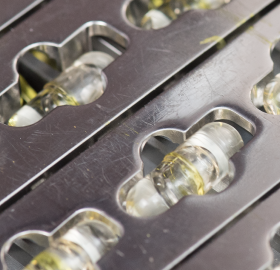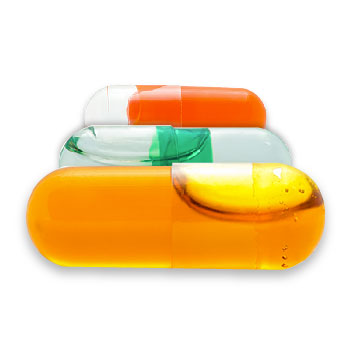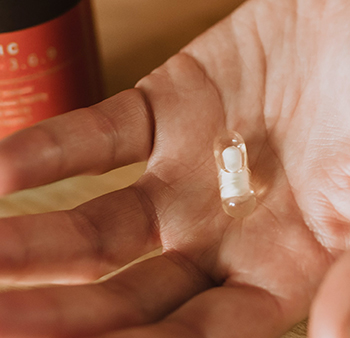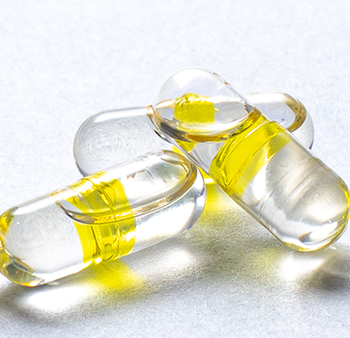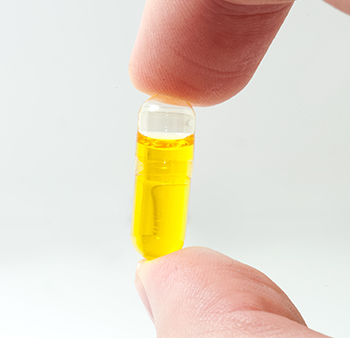In addition to having multiple advantages such as production efficiency and cost-effectiveness over other medical formats, liquid-filled hard capsules also have different types of seals. Knowing them is essential to identifying the most suitable route for your product and formulation.
This article will show you the different ways of sealing two-piece hard capsules, their respective steps, and some considerations.
Liquid-filled capsules: sealing and formulation
There are many reasons why a product development team may choose to formulate a drug or nutritional supplement in liquid form. As we know, liquid-filled hard capsules are a variation of hard capsules and were created to encapsulate compounds with low water solubility or high potency, which benefit from the homogeneity achieved by combining APIs and excipients in a liquid/oily format.
However, beyond the obvious advantages, liquid-filled hard capsules are also ideal because:
- They reduce the waste of raw materials and excipients.
- They require less complex equipment vs. other formats, such as soft capsule formats.
- They reduce the risk of intoxication of the technical staff during the handling of HPAPIs (high potency compounds).
- Improve bioavailability of compounds
Although hard capsules are pretty safe for liquid encapsulation, it is always advisable to seal the capsule to avoid leakage of the formulation or the possibility of tampering with the product once it leaves the production plant.
There are various types of sealing, ranging from bands to sealing fluid, and the choice of sealing depends on the commercialization needs of the product and the market.
Keep learning about capsule technology trends...
- Liquid-Filled Capsules: A New Way of Aspirin Delivery brings New Opportunities
- The Green Promise That Pharmaceutical Industry Should Make In 2022
- Halal and Kosher certifications: Their Importance For Your Product Development
Types of seals for liquid-filled capsules
Sealing tapes or bands
The use of a sealing band was created in 1950 to prevent tampering and counterfeiting of powder-filled hard capsules. Its process consists of using a portion of the same gelatine or HPMC (Hydroxypropyl methylcellulose), in the case of capsules of vegetable origin, used in the manufacture of hard capsules, superimposing it on the seal between the cap and the body of the capsule.
The process is quite simple and is detailed below:
- The capsule is rectified and its closure is brought into contact with a wheel that collects a small portion of gelatine or liquid HPMC.
- The wheel rotates around the joint of the capsule applying the hot gelatine or HPMC.
- The capsule with the band is held in an individual holder until the gelatine or HPMC cools, forming a ring over its seal.
This results in a liquid-tight capsule that can only be dissolved in the appropriate medium or opened by destruction.
In addition, this type of sealing has another significant advantage: the band can be customized with the desired color, allowing you to align your encapsulated product with your brand image.
Micro spray sealing
This process consists of depositing a micro spray on the top edge of the capsule body and the inside of the capsule lid to generate a seal. The complete step-by-step is as follows:
- A hydroalcoholic solution is sprayed on the area where the capsule’s body and lid are touching (when closed).
- Localized heat is applied to the capsule, which lowers its melting point and promotes the bonding of its parts.
- The capsule is left to dry at room temperature.
This type of sealing requires adequate supervision at the heating stage, which should be done in a localized manner, only on the closure of the capsule, to avoid its deformation or the emergence of bumps or bubbles.
Sealing fluid
This is the method of applying moisture to the sealing area between the body and the capsule cap, which lowers the melting point of the gelatine.
It is common to immerse the capsules in a liquid bath and then leave them to dry in a fluid bed chamber. It is currently a procedure in disuse because it generates too much stress on the capsule, leading to further deformation.
Conclusion
Your liquid-filled capsule's sealing type depends on your business needs and technical capabilities. However, you should always look for an option that has production and scale-up facilities and offers the possibility to enhance the attractiveness of your product and differentiate it from the competition.



